
Sanctuary of Isis. (1026k)
From the Dion, Pieria entry in Wikipedia:
Dion or Dio is a village and municipal unit in the municipality of Dion-Olympos in the Pieria regional unit, Greece. It is located at the foot of Mount Olympus at a distance of 17 km (11 miles) from the capital city of Katerini.
It is best known for its great ancient Macedonian sanctuary of Zeus and the ancient city, much of which is visible in the Archaeological Park of Dion and the Archaeological Museum of Dion.
The ancient city owes its name to the most important Macedonian sanctuary dedicated to Zeus (Dios, "of Zeus"), leader of the gods who dwelt on Mount Olympus; as recorded by Hesiod's Catalog of Women, Thyia, daughter of Deucalion, bore Zeus two sons, Magnes and Makednos, eponyms of Magnetes and Macedonians, who dwelt in Pieria at the foot of Mount Olympus. Hence from very ancient times, a large altar had been set up for the worship of Olympian Zeus and his daughters, the Muses, in a unique environment characterized by rich vegetation, towering trees, countless springs and a navigable river. For this reason Dion was the "sacred place" of the Ancient Macedonians. It was the place where the kings made splendid sacrifices to celebrate the new year of the Macedonian calendar at the end of September. In the Spring, purification rites of the army and victory feasts were held.
The first mention of Dion in history comes from Thucydides, who reports that it was the first city reached by the Spartan general Brasidas after crossing from Thessaly into Macedon on his way through the realm of his ally Perdiccas II during his expedition against the Athenian colonies of Thrace in 424 BCE. According to Diodorus Siculus, it was Archelaus I who, at the end of the 5th century BCE when the Macedonian state acquired great power and emerged onto the stage of history, gave the city and its sanctuary their subsequent importance by instituting a nine-day festival of games that included athletic and dramatic competitions in honor of Zeus and the Muses, whose organization was overseen by the Macedonian kings themselves.
Philip II and Alexander the Great celebrated victories here, and Alexander assembled his armies and performed magnificent sacrifices here on the eve of his campaign to Asia in 334 BCE.
Many ancient authors speak of the sculptural bronze masterpiece by Lysippos made for Alexander depicting 25 mounted companions who fell at the Battle of the Granicus and later taken to Rome by Metellus.
A city was built adjacent to the sacred sites that acquired monumental form during the reigns of Alexander the Great's successors and Cassander took a great interest in the city erecting strong walls and public buildings, so that in Hellenistic times Dion was renowned far and wide for its fortification and splendid monuments. Dion and its sanctuary was destroyed during the Social War in 219 BCE by Aetolian invaders but was immediately rebuilt by Philip V. Many of the dedications from the sanctuary that had been destroyed were buried in pits, including royal inscriptions and treaties, and these have been discovered recently.
It fell to the Romans in 169 BCE and the city was given a new lease of life in 32/31 BCE when Octavian founded the Colony of COLONIA JULIA AUGUSTA DIENSIS here. Coins of colonial Dion survive. It experienced its second heyday during the reigns of 2nd- and 3rd-century CE Roman emperors who were fond of Alexander the Great. Dion's final important period was in the 4th and 5th centuries CE when it became the seat of a bishopric. It was abandoned following major earthquakes and floods.
The modern village at the site was called Malathria until 1961, when it was renamed to Dion.
All pictures are © Dr. Günther Eichhorn, unless otherwise noted.





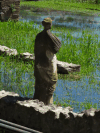




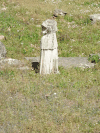















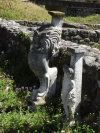




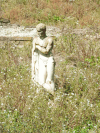
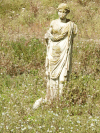
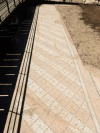
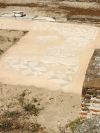

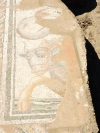
This page contains 37 pictures
Here are the links to the other main pages on Greece:
Page last updated on Fri Jul 1 13:21:02 2022 (Mountain Standard Time)
Dion on iac35.guenther-eichhorn.com